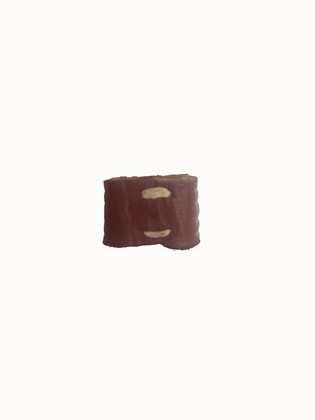top of page
General Information on Belt Construction

We use thick supple vegetable tanned leather (top) VS a standard mass-produced leather belt (bottom)

Some companies advertise their loops as " hand stitched". The example shown above is what you typically get. Yes, it's technically "hand stitched" and it'll work... for a while. Personally, I would just save the trouble and use staples

Buckle ends on my Dress belts are stitched in place, again, by hand, down either side of the strap.

bottom of page

